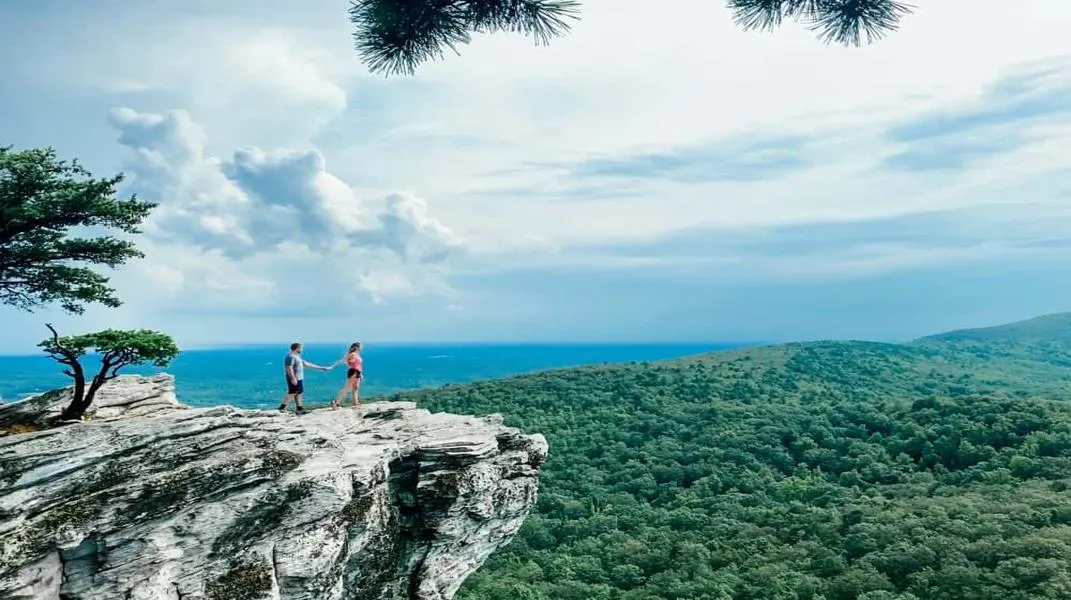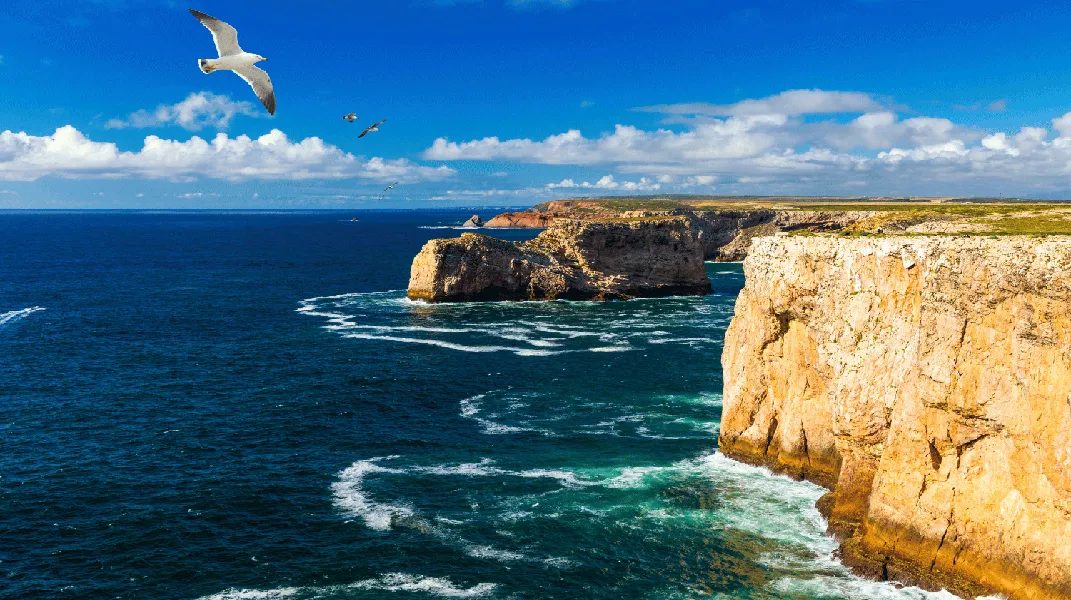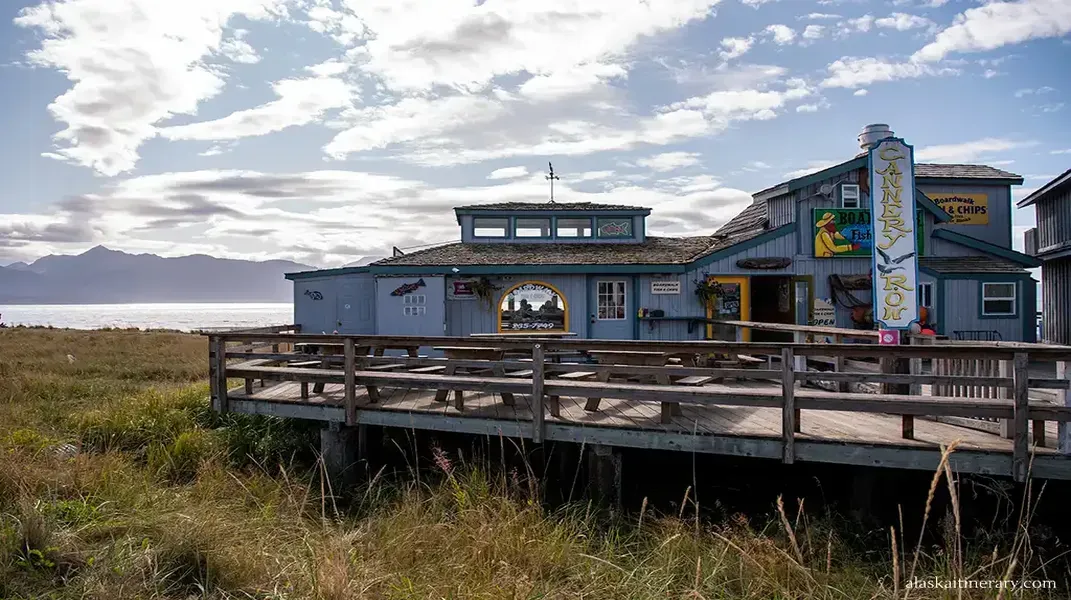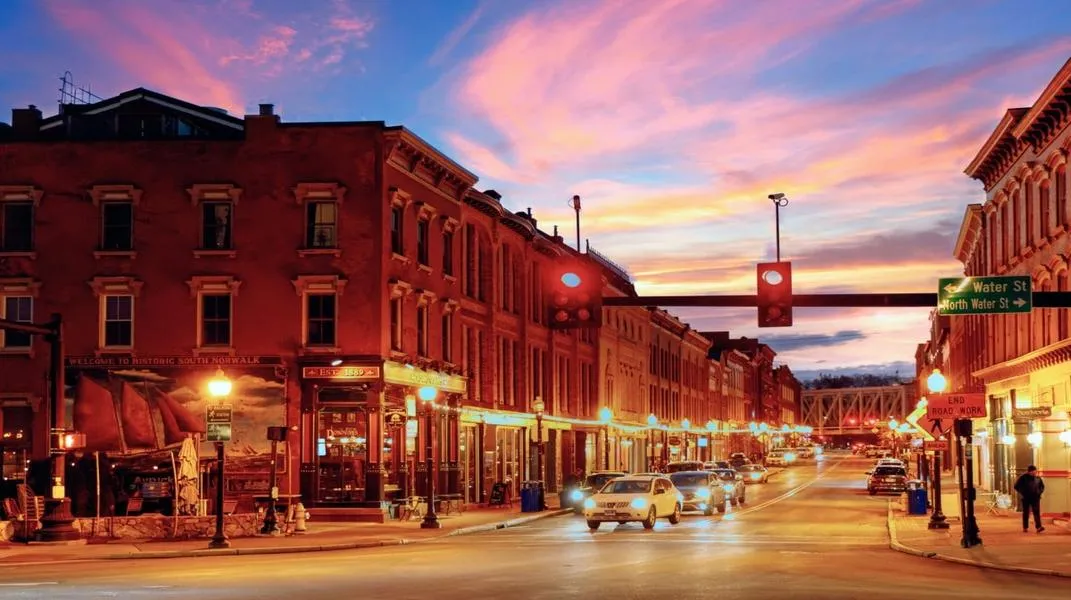Discovering Mallorca: A Mediterranean Gem
Mallorca, the largest island in the Balearic archipelago, is a stunning Mediterranean paradise that attracts millions of tourists each year. Known for its breathtaking landscapes, rich cultural heritage, and pristine beaches, Mallorca offers a diverse array of experiences for every type of traveler. Whether you're a nature enthusiast, a history buff, or simply looking for relaxation, this island has something to offer everyone. In this article, we will explore the many facets of Mallorca as a tourist attraction, delving into its geography, history, culture, and attractions. Additionally, we will provide a comprehensive list of materials you need to prepare for your visit.
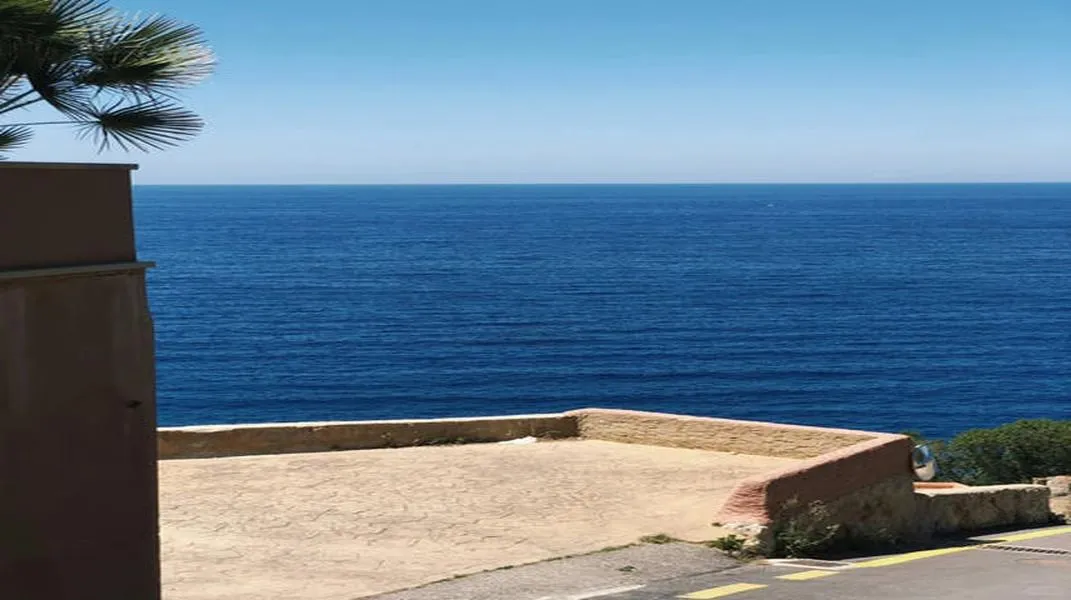
Geography and Climate
Mallorca is characterized by its diverse geography, with rugged mountains in the north, rolling hills in the interior, and beautiful coastal areas. The Serra de Tramuntana mountain range, a UNESCO World Heritage site, stretches along the northwest of the island and offers stunning panoramas, hiking opportunities, and charming villages like Sóller and Valldemossa. The southern part of the island features flat plains perfect for cycling, and the east coast boasts dramatic cliffs and hidden coves.
The island enjoys a Mediterranean climate, with hot, dry summers and mild, wet winters. The best time to visit is during the spring (April to June) and fall (September to October) when the weather is pleasant, and the tourist crowds are fewer. Average temperatures during these months range from 20°C (68°F) to 30°C (86°F), making it ideal for outdoor activities and exploration.
History and Culture
Mallorca has a rich history that dates back thousands of years. The island has been inhabited since prehistoric times, with evidence of ancient Talaiotic cultures. The Romans arrived in 123 BC, and their influence can still be seen today in the remnants of ancient structures and ruins.
Over the centuries, Mallorca has been under various rulers, including the Moors, who left a significant cultural imprint on the island. Their influence is evident in the architecture, cuisine, and agricultural practices. The Gothic Cathedral of Santa María (La Seu) in Palma, the island's capital, is a prime example of this rich architectural heritage.
The island's culture is vibrant, with numerous festivals throughout the year. The most notable include the Sant Joan festivities in June, where locals celebrate with bonfires and fireworks, and the Festes de la Mare de Déu d’Agost in August, honoring the Virgin Mary with parades and traditional music.
Attractions in Mallorca
1. Beaches
Mallorca is renowned for its stunning beaches, which cater to all tastes. Some of the most popular beaches include:
- Playa de Alcudia: A long stretch of white sand and shallow waters, perfect for families.
- Cala Millor: A lively beach destination with a variety of water sports and beach bars.
- Cala d'Or: Known for its picturesque coves and crystal-clear waters, ideal for snorkeling.
2. Serra de Tramuntana
A UNESCO World Heritage site, the Serra de Tramuntana mountain range is a paradise for hikers and outdoor enthusiasts. With numerous trails, you can explore enchanting villages like:
- Sóller: Famous for its vintage tram and beautiful orange groves.
- Valldemossa: Home to the historic Charterhouse where Chopin spent a winter.
- Deià: A charming village known for its artistic community and stunning coastal views.
3. Palma
The capital city, Palma, is a vibrant hub of culture and history. Key attractions include:
- La Seu Cathedral: An architectural masterpiece overlooking the bay, it features an impressive rose window and stunning interior.
- Palau de l'Almudaina: A historic royal palace that showcases the island's rich history.
- Bellver Castle: A unique circular castle offering panoramic views of Palma and its surroundings.
4. Caves of Drach
Located near Porto Cristo, the Caves of Drach are a captivating natural wonder. Visitors can explore a series of underground caves, featuring stunning stalactites and stalagmites, and enjoy a classical music concert on one of the world's largest underground lakes.
5. Wine Tours
Mallorca boasts a burgeoning wine industry, with numerous vineyards offering tours and tastings. The region of Binissalem is particularly famous for its red wines. A vineyard tour is an excellent way to experience the local culture and indulge in delicious wines paired with traditional tapas.
6. Water Activities
For those seeking adventure, Mallorca offers a plethora of water activities. From kayaking and paddleboarding to diving and sailing, the island's turquoise waters provide the perfect backdrop for fun-filled days on the water.
7. Markets and Shopping
Local markets are a must-visit for an authentic taste of Mallorcan culture. The Mercat de l'Olivar in Palma is a bustling market where you can find fresh produce, local delicacies, and handmade crafts. In addition, towns like Sineu host weekly markets where you can shop for souvenirs and traditional goods.
Preparing for Your Visit: Essential Materials
To make the most of your trip to Mallorca, it’s important to prepare adequately. Here’s a comprehensive checklist of materials you need:
Travel Documents
- Passport: Ensure you have a valid passport that won’t expire during your stay.
- Visa: Check if you need a visa to enter Spain, depending on your nationality and the length of your stay.
- Travel Insurance: Obtain travel insurance that covers medical emergencies, trip cancellations, and lost belongings.
Accommodation
- Booking Confirmation: Print or save digital copies of your hotel or accommodation reservations.
- Local Maps: Download offline maps of the areas you plan to visit or print them out.
- Contact Information: Keep a list of contact numbers for your accommodation and emergency services.
Clothing and Gear
- Clothing: Pack lightweight clothing for warm weather, and include layers for cooler evenings, especially in spring or fall.
- Swimwear: Don’t forget your swimsuits for beach days.
- Comfortable Walking Shoes: Essential for exploring towns and hiking in the mountains.
- Sun Protection: Bring sunscreen, sunglasses, and a hat to protect yourself from the sun.
- Water Bottle: Stay hydrated while exploring, especially during outdoor activities.
Electronics
- Camera: Capture the stunning landscapes and memories of your trip.
- Chargers: Ensure you pack chargers for your devices, including power banks.
- Adapters: If you’re traveling from outside Europe, bring a suitable power adapter for your electronics.
Health and Safety
- Medications: Bring any personal medications you may need, along with a small first-aid kit.
- Emergency Numbers: Note down local emergency numbers and the address of your accommodation.
- Local Currency: While many places accept credit cards, having some cash on hand can be useful for local markets or smaller establishments.
Activities and Excursions
- Itinerary: Create a rough itinerary of the places you want to visit and activities you want to do.
- Reservations: Make reservations for any popular attractions or restaurants in advance to avoid disappointment.
- Travel Guide: Consider purchasing or downloading a travel guide for more in-depth information about Mallorca.
Language
- Phrasebook: Familiarize yourself with basic Spanish phrases. While many locals speak English, knowing a few words can enhance your interactions and show respect for the local culture.
Conclusion
Mallorca is a diverse and beautiful destination that offers something for everyone. From its stunning beaches and majestic mountains to its rich history and vibrant culture, the island promises a memorable getaway. By preparing adequately and planning your itinerary, you can make the most of your visit and immerse yourself in the unique charm of this Mediterranean gem. So pack your bags, grab your sun hat, and get ready to explore all that Mallorca has to offer!

